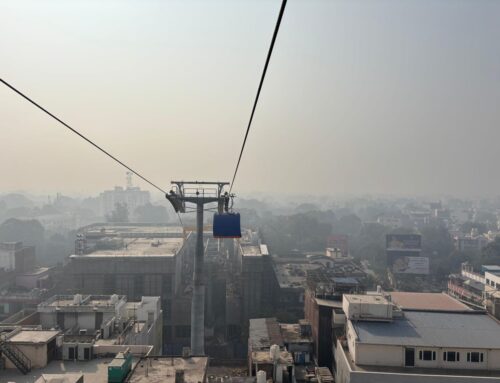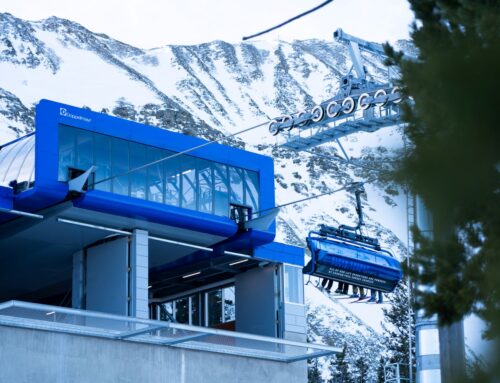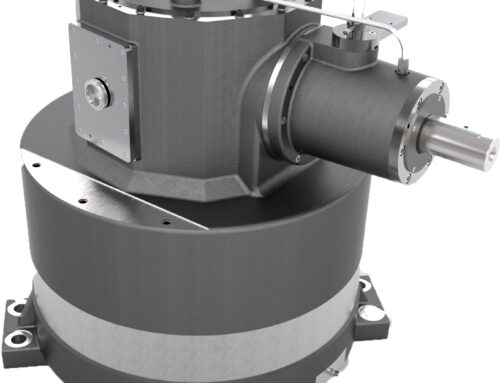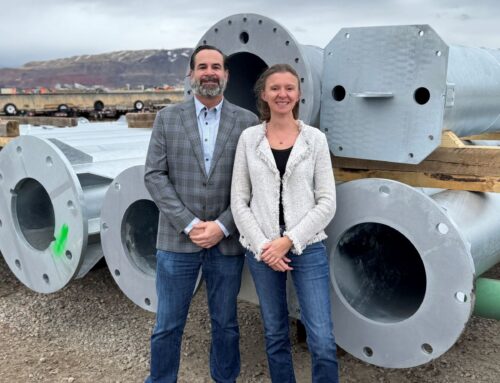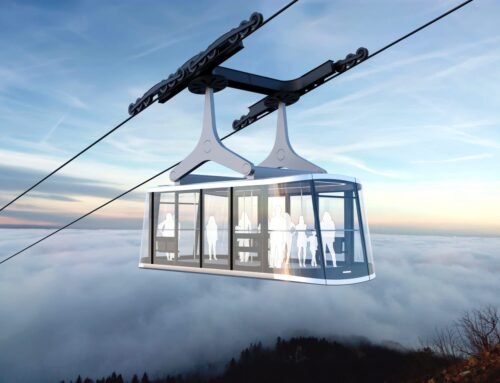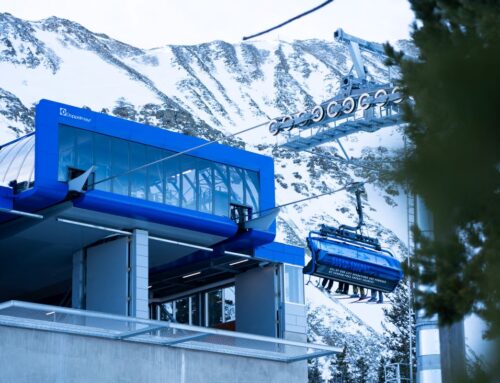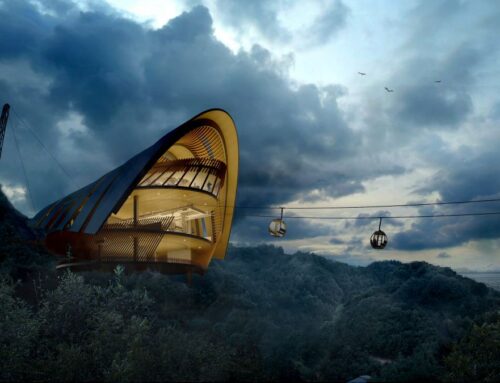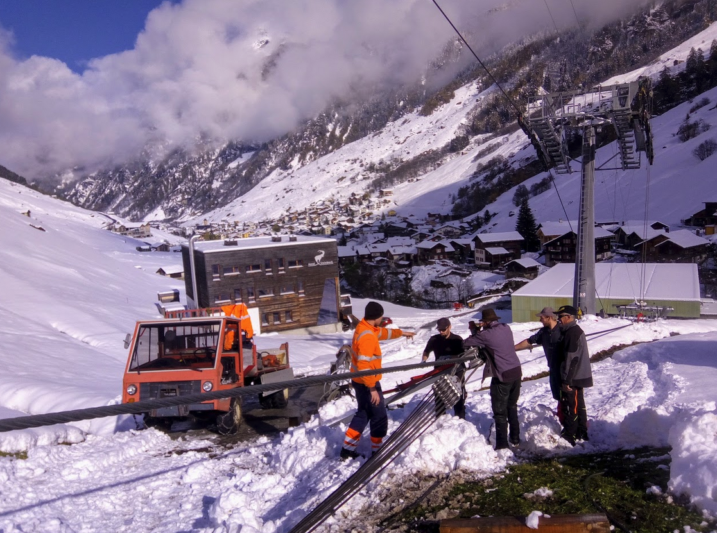
Cableway & Technology, SI World 2/2021
Hassle-free cable replacement
When inspection intervals become ever shorter, every cable car expert knows that the service life of the cable is coming to an end. Whether suspension, traction or hauling cable: the lifelines of any system must be replaced regularly.
The spring and autumn are peak season for fitters, so that the tracks can be back in operation on time for both main seasons, in the summer and the winter. These experts often come from INAUEN- SCHÄTTI from Switzerland.
“Every year, we relocate around six suspension cables and replace the same number of traction or hauling cables,” Reto Degen, head of cable installations at INAUEN-SCHÄTTI, reports.
Right now in Davos (Switzerland), for example, the traction cable on the funicular railway in Parsenn and the hauling cable on the Jatz Quattro (Jakobshorn) chairlift are being replaced.
Hauling cables are likewise being replaced in Hoch-Ybrig and Bettmeralp (Switzerland): one on the 6-person Hesisbol chairlift and one on the 4-person Wurzenbord chairlift.
“This year, relocation of the suspension cable on the heavy, 125-person Bettmeralp aerial tramway is particularly exciting,” Degen highlights. Numerous cable replacements on smaller goods cable cars are also on the cards.
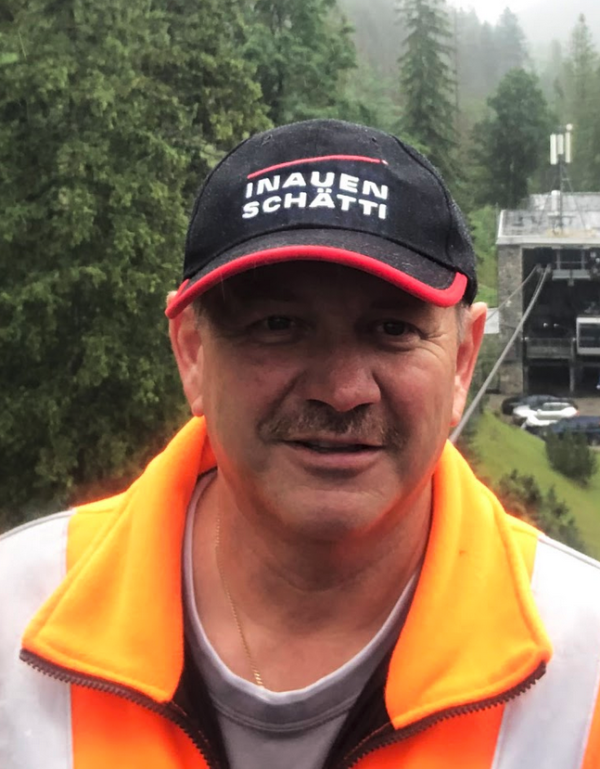
Reto Degen
chief fitter at INAUEN-SCHÄTTI
Coronavirus & nostalgia
This spring, INAUEN- SCHÄTTI was able to complete two challenging projects. In Andorra, there was a suspension cable to replace. “The coronavirus pandemic made the work more difficult here.
For the transport in particular, approvals had to be obtained and calculations had to twice, as the project had been postponed from 2020 to this year and the permits had therefore expired,” Degen says.
The second order abroad was for replacement of the tension cable on the Predigtstuhl cable car in Bad Reichenhall (Germany). “For any fitter, it is an honour to work on such a nostalgic line,” Degen comments on the order from the new customer.
The listed installation in southeast Germany is well known as the world’s oldest large-gondola cable car preserved in its original form. In the course of the work, the experts from INAUEN-SCHÄTTI noticed that the bottom was anchored to an old beam with which they were unhappy.
“We therefore retrieved the plans for the structurally identical installation on the Spanish mountain Montserrat and we replicated a new block – to the great satisfaction of customer,” the chief fitter notes. That was possible, because INAUEN-SCHÄTTI had also completed the cable replacement in Montserrat six years previously.
INAUEN-SCHÄTTI
Working on the listed Predigtstuhl cable car was an honour for the fitters from INAUEN-SCHÄTTI.
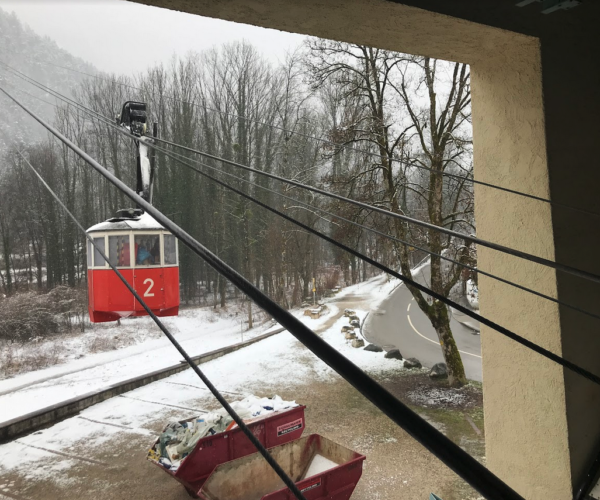
Experience & costs
The example of the anchor block demonstrates the value of years of experience – and INAUEN-SCHÄTTI has plenty. “By myself, I have 30 years of experience – ten of them as head of assembly crew,” Degen says.
Accordingly, the company has a high number of regular customers; in addition, there are new customers, who are looking for a new partner for various reasons or who are replacing cables for the first time.
“Most mountain railways immediately buy the cable through us. This means an attractive overall price can be offered for the work and the customer has only one contact for everything,” Degen explains. The customers therefore order a hassle- free package and rely on competence that extends to installation of cables with a diameter of 75 millimetres.
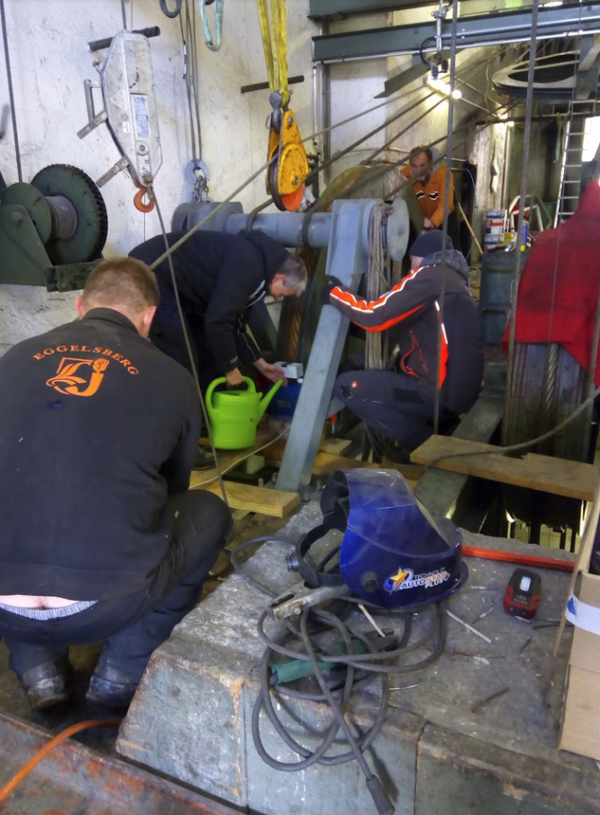
Deadlines & delivery periods
For reliable job preparation, INAUEN- SCHÄTTI goes to the ski resorts not only to provide quotations but also with the chief fitter. “The better our planning and documentation, the less there is to go wrong and the more accurately we can meet deadlines,” Degen says.
As the lines become ever longer, the timeframes become increasingly tight and delivery on schedule becomes increasingly critical.
The greatest challenge is currently in the long lead times for the cables themselves, owing to the interrupted raw material transport chains as a result of the coronavirus pandemic.
“At the moment, we have waiting times of four months for traction and hauling cables and half a year for suspension cables,” Degen laments. However, thanks to the commitment of the staff from INAUEN- SCHÄTTI, the time required for installation remains as low as possible.
On average, the experts need one week to replace a circulating cable and three weeks for a suspension cable – depending on whether with or without a tension weight, with or without sleeves, with or without piles etc.
Essentially the team comprises one chief fitter and two fitters, supported by two or three members of cable car staff. Degen concludes: “When we are splicing, we like to get two more members of mountain railway staff to help – depending on how thick the cable is!” ts

